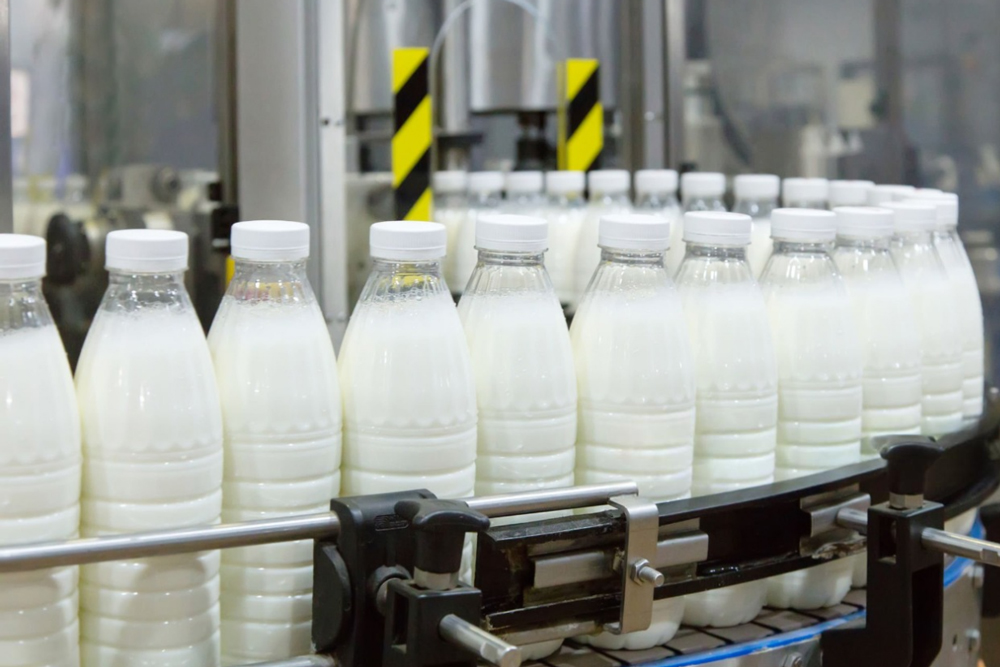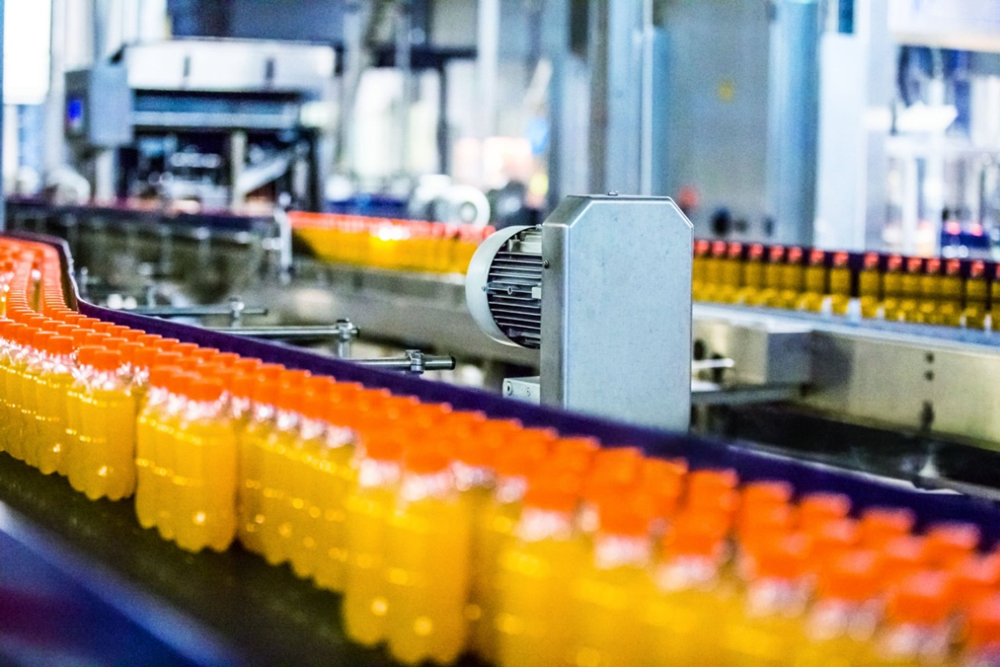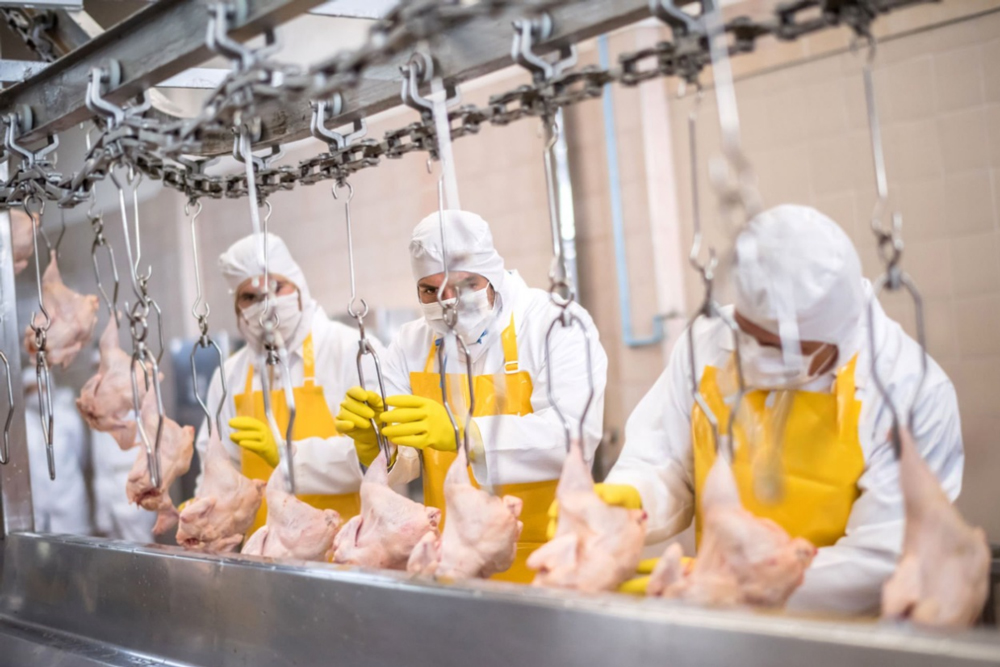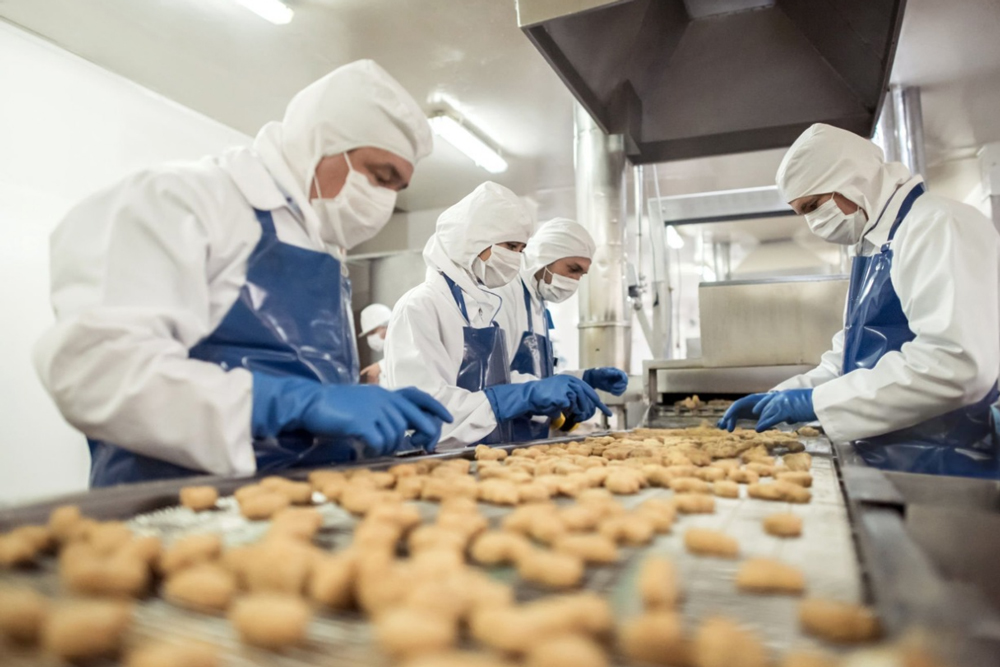 +86 13600513715
+86 13600513715
Industry Wastewater Characteristics and Challenges
High Organic Load
COD often exceeds 10,000 mg/L, requiring advanced degradation technologies.
Complex Composition
Fats, suspended solids, and pH fluctuations destabilize biological systems.
Stringent Regulations
Tightening discharge limits for BOD, TN, and TP (e.g., EU IPPC Directive).
Operational Costs
Energy consumption accounts for 15-25% of production costs, demanding energy-saving solutions.

Dairy Wastewater
● Characteristics: High lactose (>2,000 mg/L), proteins, and fats (3-8%), prone to forming scum layers.
● Technical Challenges: Low oil separation efficiency; conventional activated sludge systems are vulnerable to shock loads.
JUNTAI Solution
● MBBR Biofilm Technology: Carriers with 800 m²/m³ surface area improve degradation efficiency by 40%.
● DAF Flotation System: Removes 95% of fats, reducing pretreatment time to 30 minutes.

Brewery Wastewater
● Characteristics: pH 3.5-5.5, containing ethanol, volatile acids, and residual yeast.
● Technical Challenges: Acidic conditions inhibit microbial activity; traditional denitrification efficiency <50%.
JUNTAI Solution
● Acid-Resistant MBBR: EPDM biofilm carriers tolerate pH 3-10.
● Two-Stage Denitrification: Short-cut nitrification + anammox achieves 85% nitrogen removal.

Meat Processing Wastewater
● Characteristics: High fat (5-15%), blood plasma, and suspended solids (SS >1,000 mg/L).
● Technical Challenges: Fat clogs pipelines; traditional settling tanks require excessive space.
JUNTAI Solution
● Tube Settler: Surface loading rate of 4 m³/(m²·h), achieving >90% SS removal.
● Thermal Hydrolysis Pretreatment: Breaks down fat structures to enhance biodegradation.

Starch Wastewater (Potato/Corn Processing)
● Characteristics: High viscosity (>50 cP) with colloidal starch and short-chain sugars.
● Technical Challenges: Viscosity reduces oxygen transfer, lowering aeration efficiency by 30%.
JUNTAI Solution
● Cyclonic Shear Pretreatment: Reduces viscosity to <10 cP, improving treatment efficiency.
● Dynamic Membrane Bioreactor: Stable flux of 20 LMH with strong anti-fouling capability.
JUNTAI’s Technological Advantages: From Theory to PracticeInnovative Technology Matrix
|
Technology Module |
Core Functionality |
Industry Application Case |
|
Smart MBBR |
Toxin-resistant biofilm, >92% COD removal | Dairy plant: COD reduced from 8,000 to 150 mg/L |
|
High-Efficiency DAF |
95% air dissolution, 40% chemical reduction | Meat plant: 98% fat removal |
|
Low-Energy Aeration |
35% oxygen transfer, 25% energy savings | Brewery: $120,000/year energy savings |
Customer Success Cases




